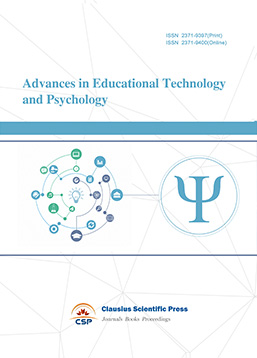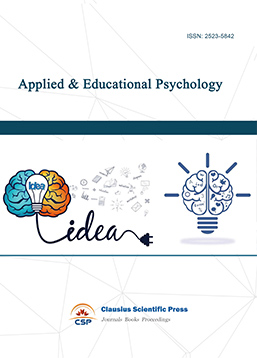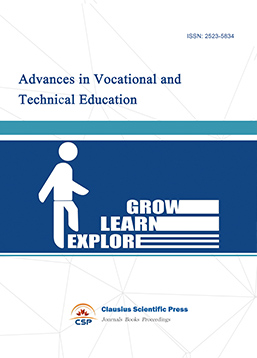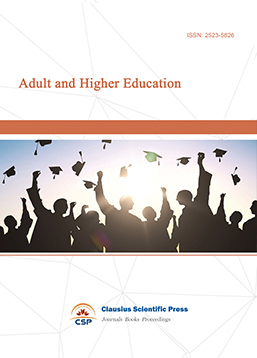Problem-Based Learning Applied among Vocational Nursing Students: Current Status and Influencing Factors
DOI: 10.23977/curtm.2025.080724 | Downloads: 6 | Views: 120
Author(s)
Zhang Nan 1
Affiliation(s)
1 International Nursing School, Hainan Vocational University of Science and Technology, Haikou, 571137, China
Corresponding Author
Zhang NanABSTRACT
Problem-based learning (PBL) is widely advocated in nursing education to promote clinical reasoning, collaboration, and self-directed learning, but evidence specific to vocational nursing students remains dispersed across designs and settings. Recent syntheses generally indicate that PBL enhances critical thinking compared with lecture-based approaches, and the gains tend to be stronger and more consistent when PBL is coupled with case-based learning or simulation activities aligned to realistic clinical tasks. Findings on problem-solving performance and confidence are heterogeneous, reflecting variations in measurement and implementation fidelity. Drawing on recent reviews and empirical studies, this paper narratively synthesizes the current status of PBL with attention to vocational contexts and explains how learner preparation, tutor facilitation, case authenticity, assessment design, institutional resources, and technology readiness shape outcomes. The paper then offers an integrated, practice-oriented account of how to stage PBL in time-constrained vocational programs-beginning with authentic triggers, scaffolding early self-directed inquiry, using short simulation "proofs of learning," and assessing process and products together-before outlining gaps for future research.
KEYWORDS
Problem-Based Learning; Vocational Education; Vocational University; Nursing StudentsCITE THIS PAPER
Zhang Nan, Problem-Based Learning Applied among Vocational Nursing Students: Current Status and Influencing Factors. Curriculum and Teaching Methodology (2025) Vol. 8: 185-189. DOI: http://dx.doi.org/10.23977/curtm.2025.080724.
REFERENCES
[1] Sharma, S., Saragih, I. D., & Arna, D. E. T. (2023). Outcomes of problem-based learning in nurse education: A systematic review and meta-analysis. Nurse Education Today, 120, 105631. https://doi.org/10.1016/j.nedt.2022.105631
[2] Wei, B., Qian, Y., Yang, C., & Zhang, J. (2024). Effectiveness of problem-based learning on development of nursing students' critical thinking skills: A systematic review and meta-analysis. Nurse Educator, 49(3), 162-166. https: //journals.lww.com/nurseeducatoronline/fulltext/2024/05000/effectiveness_of_problem_based_learning_on.12.aspx
[3] Xiang, Y., Zhang, X., & Chen, L. (2025). Impact of case-based learning on critical thinking dispositions in Chinese nursing education: A systematic review and meta-analysis. Frontiers in Medicine, 12, 1452051. https://doi.org/10. 3389/fmed.2025.1452051
[4] Qu, Z., Li, H, Wang, Y., & Zhang, Y. (2024). The effect of simulated problem learning in nursing ethics on moral sensitivity, empathy, and critical thinking of nursing students: A quasi-experimental study. Patient Education and Counseling, 118, 108606. https://doi.org/10.1016/j.pec.2024.108606
[5] Bolado, G. N., Shibru, M. G., Weldegebriel, A. T., & Tekle, A. M. (2025). Nurse educators' challenges of problem-based learning implementation at Ethiopian public universities: A phenomenological qualitative study. PLOS ONE, 20(6), e0325976. https://doi.org/10.1371/journal.pone.0325976
[6] Alkhuzaimi, F., Brown Wilson, C., & Wong, W. Y. A. (2025). Key factors influencing undergraduate nursing students' perceptions of learning management systems: A systematic review. BMC Nursing, 24, 323. https://doi.org/10. 1186/s12912-025-02962-9
[7] Xie, Q., Jantharajit, N., & Srikhao, S. (2025). Enhancing Learning Efficiency and Critical Thinking Skills of Vocational Nursing Students: A Hybrid Instructional Approach Based on Cooperative Learning and Project-Based Learning. Journal of Education and Learning, 14(3), 85-96.
[8] Rasesemola, R. M., Ramathuba, D. U., & Mulaudzi, F. M. (2025). Enhancing student nurses' ethical skills via simulation-based education: barriers and opportunities. BMC Nursing, 24, 182. https://doi.org/10.1186/s12912-025-02856-w
| Downloads: | 39651 |
|---|---|
| Visits: | 1713669 |

 Download as PDF
Download as PDF



